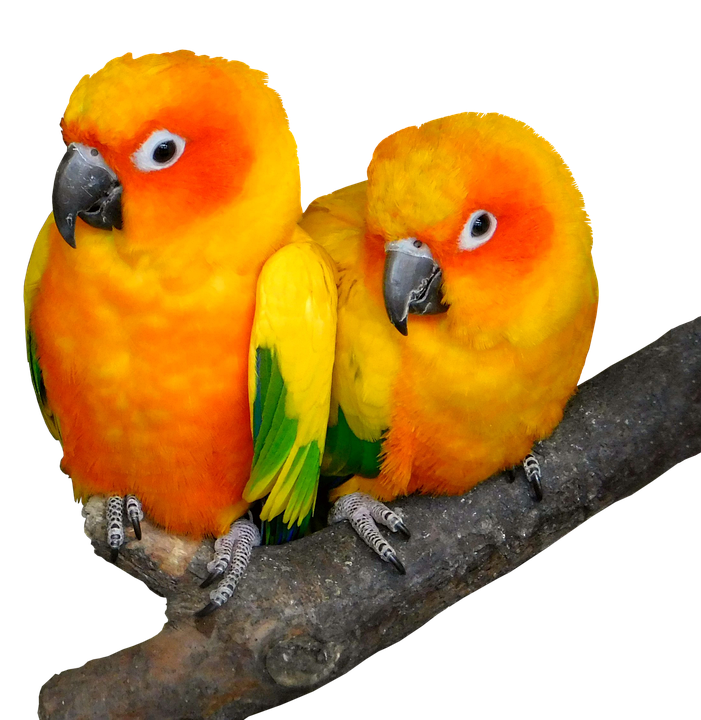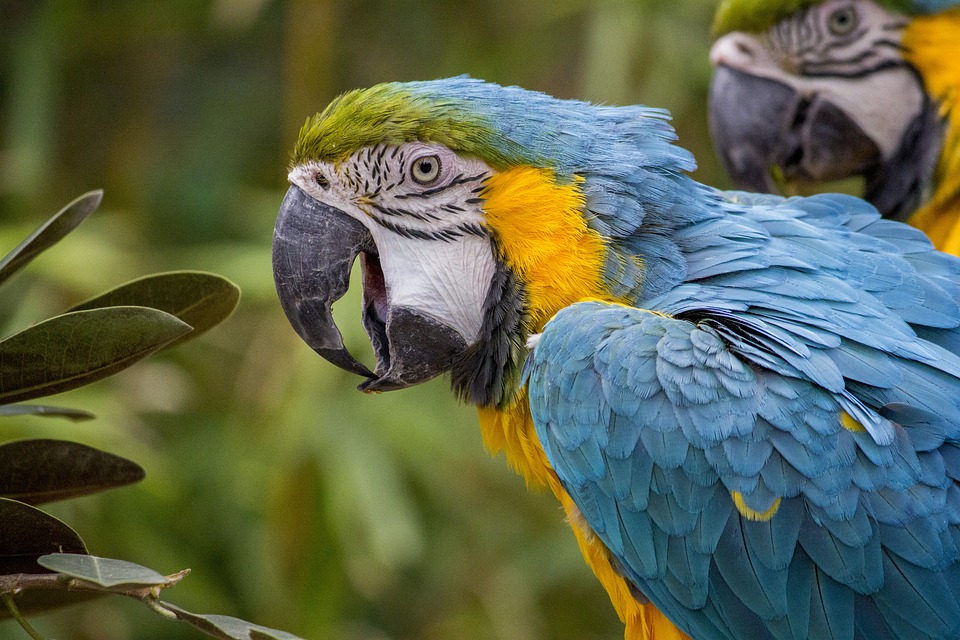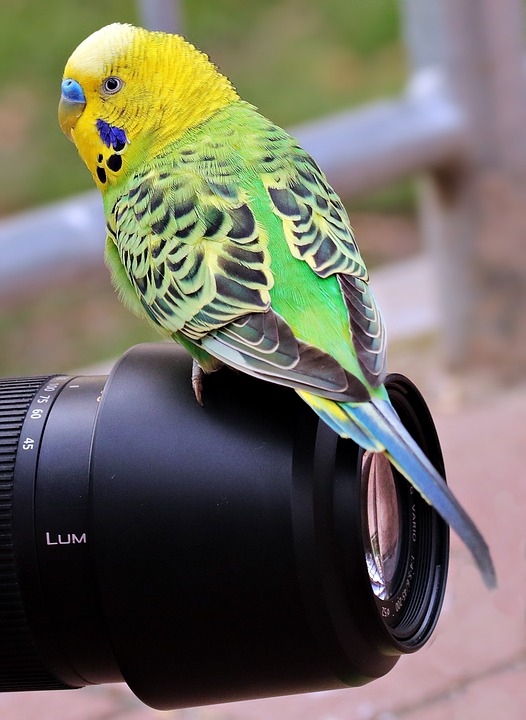Parrots are highly intelligent and social creatures, making them excellent candidates for training. However, sometimes parrots can exhibit aggressive behavior during training sessions, hindering progress and potentially harming their trainers. In this article, we will explore effective techniques to discourage parrots from engaging in aggressive displays during training, ensuring a harmonious and successful training experience.
Understanding Aggressive Displays in Parrots
Aggressive behavior in parrots can manifest in various ways, including biting, lunging, screaming, and territorial displays. It is essential to understand the different types of aggressive behavior to address them effectively. Common triggers for aggression in parrots include fear, territoriality, hormonal changes, and previous negative experiences. Addressing aggression in training is crucial not only for the safety of the trainer but also for the overall well-being of the parrot.
Creating a Positive Training Environment
Establishing trust and building a bond with your parrot is essential in discouraging aggressive displays. Spend quality time with your parrot outside of training sessions, engage in positive interactions, and provide treats and rewards to strengthen the bond. Additionally, ensure that the training space is safe, comfortable, and free from distractions. A calm and secure environment can help alleviate anxiety and reduce the likelihood of aggressive behavior. Utilizing positive reinforcement techniques, such as clicker training and rewarding desired behaviors, can also promote a positive training experience.
Recognizing Early Warning Signs
It is crucial to be able to recognize early warning signs of aggression in parrots. Pay close attention to their body language, as certain cues, such as raised feathers, dilated pupils, or a stiff posture, may indicate potential aggression. Understanding vocalizations and their meaning is also essential, as parrots may use specific sounds to communicate their emotions. Additionally, observing an individual parrot’s behavior patterns can help identify triggers and preemptively address potential aggression.
Effective Techniques for Discouraging Aggressive Displays
Consistent and clear communication is vital in parrot training. Use simple and concise cues to convey your expectations to your parrot. If aggression arises, redirect their behavior towards appropriate actions, such as targeting or stepping up onto a perch. Gradual desensitization and counterconditioning techniques can also be effective in reducing aggressive displays. By gradually exposing the parrot to triggers in a controlled and positive manner, you can help them develop positive associations and reduce their negative reactions.
Enrichment and Mental Stimulation
Providing mental stimulation and enrichment activities can help reduce aggression in parrots. Boredom and lack of stimulation can lead to frustration and aggressive behavior. Implement interactive toys and puzzles that require problem-solving skills, and incorporate foraging activities into training sessions to engage your parrot’s natural instincts. By keeping your parrot mentally stimulated, you can help alleviate aggression and promote a healthier training experience.
Addressing Frequently Asked Questions (FAQs)
To address common concerns, we have provided answers to frequently asked questions regarding discouraging aggressive behavior in parrots.
Q1. How long does it take to discourage aggressive behavior in parrots?
Each parrot is unique, and the time required to discourage aggression may vary. Patience, consistency, and positive reinforcement are key factors in achieving desired results. With time and effort, you can make progress in discouraging aggressive displays.
Q2. Can punishment be used to deter aggression during training?
Punishment should be avoided as it may worsen aggression and damage the trust between the parrot and trainer. Focus on positive reinforcement techniques to encourage desired behaviors and create a positive training environment.
Q3. What if my parrot becomes aggressive despite my efforts?
If your parrot continues to display aggression despite your efforts, it is advisable to consult a professional avian behaviorist or a veterinarian experienced in parrot behavior. They can assess the situation, identify potential triggers, and provide tailored strategies to address the aggression effectively.
Conclusion
By understanding the root causes of aggression, creating a positive training environment, recognizing early warning signs, and implementing effective techniques, parrot owners can discourage aggressive displays during training. Remember, patience, consistency, and positive reinforcement are crucial in fostering a successful and harmonious bond with your parrot. With time and effort, you can cultivate a rewarding and respectful training experience for both you and your feathered companion.









